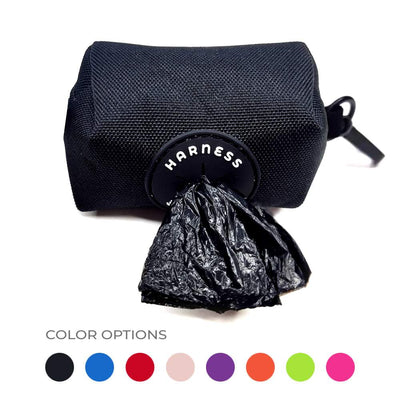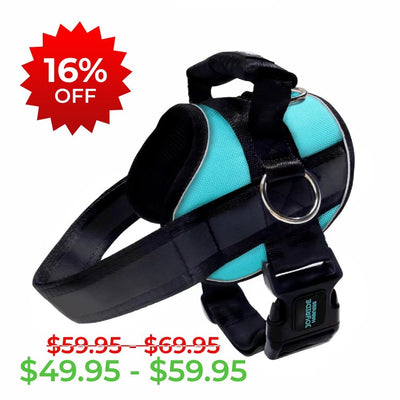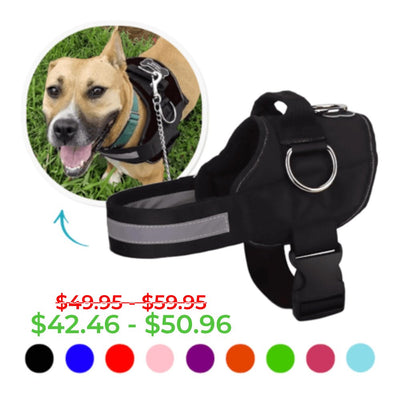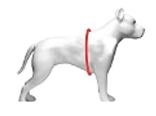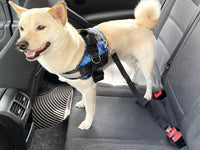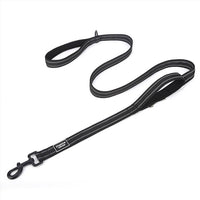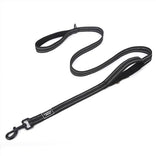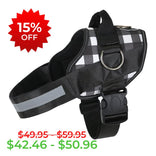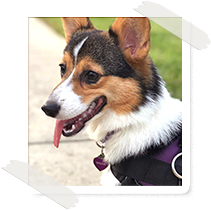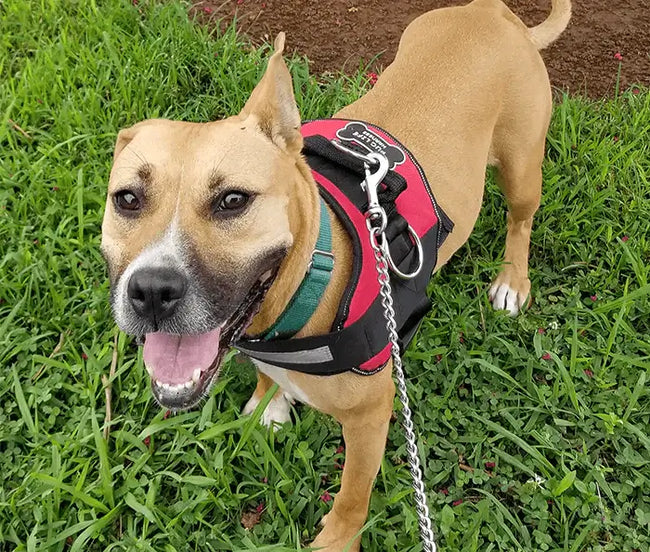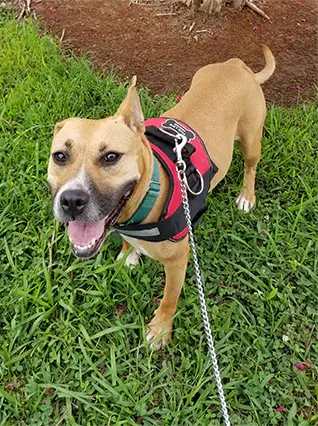Achieving Canine Harmony: Dealing with Behavioral Issues

Dogs are wonderful pets, but sometimes they can have some problems with their behavior. If your dog is misbehaving, it can make you feel frustrated. But don't worry! There are many effective strategies to help your furry friend become well-behaved and happy.
Behavioral Tools
Think of the following concepts as a toolbox of techniques to use when working with your dog. These different techniques can be applied to solve many of your pup’s problems.
Understanding Your Dog's Feelings
First, it's important to understand that dogs have feelings too. Just like you, they can feel happy, sad, scared, or excited. When they act out, it's often because they are trying to tell you something. Pay attention to their body language and listen to what they are saying with their barks and actions.
In addition to understanding your dog's feelings, your dog can understand your feelings. If you get angry or frustrated, they might get scared or anxious. Stay calm and patient while teaching your dog what's right and wrong. If you're having trouble with your dog's behavior, it's okay to ask for help. You can talk to a dog trainer or a vet for advice. They can provide you with more tips and support.
Positive Reinforcement

Dogs love to be praised and rewarded. When your pup does something good, like sitting when you ask, give them a treat or a gentle pat on the head. This helps them understand what you like and encourages them to do it again. Dogs will respond better to positive interactions than to punishment. Hug them, pet them, and spend time with them. A happy dog is more likely to behave well.
Consistent Rules
Dogs need to know what's expected of them. Create consistent rules and stick to them. If you don't want your dog to jump on the couch, make sure everyone in your family follows this rule. Dogs get confused when rules change all the time.
Training

Training helps your dog understand how to behave, and is a great way to occupy their minds. Start with simple commands like "sit," "stay," and "come." Use treats and praise when they get it right. Be patient and practice a little bit every day. Basic obedience training should include understanding the word "no," sitting, staying.
If you want to take obedience training a little further, you can try the ten skills that make up the American Kennel Club Canine Good Citizen Test. These include:
- Accepting a friendly stranger
- Sitting politely for petting
- Accepting grooming
- Behaving nicely while out for a walk on a loose lead
- Walking through a crowd
- Sitting and lying down on command and staying in place
- Coming when called
- Reacting politely to another dog
- Staying confident around distractions
- Accepting short-term supervision from a stranger
Socialization
Let your dog meet other dogs and people. This helps them learn how to behave in different situations. It also makes them happier and more confident. If your dog is reactive to other dogs and gets scared or upset, you may need to learn how to distract them or focus on you instead of the other dog.
Crate Training
A crate can be like a safe den for your dog. It's a good place for them to rest or sleep. Crate training is great for managing reactive dogs or dogs who have problems with resource guarding. Having somewhere safe to go can be soothing for dogs with separation anxiety. Crate training can also be helpful for dealing with storms and emergency situations. Just make sure it's a comfy and cozy space, not a punishment.
Dealing With Specific Behavioral Issues
There are lots of different behavior problems that dogs can have. Here are some basic solutions to many of them!
Chewing
 Dogs love to chew, especially when they are teething. You can't stop a puppy from chewing, and you shouldn't try– puppies need to be able to chew for their dental health. Instead of trying to stop them from chewing, give them safe options like chew toys. This will help keep them away from your shoes and furniture. Another reason that dogs chew is because they are nervous or have too much energy. If you don't help your dog burn off this energy, they can get destructive. This can lead to unwanted behaviors like chewing on the furniture. Take your dog for walks, play fetch, or go to the dog park. You can also give your dog puzzle toys like Kongs to stimulate their brain and tire them out. A tired dog is a well-behaved dog.
Dogs love to chew, especially when they are teething. You can't stop a puppy from chewing, and you shouldn't try– puppies need to be able to chew for their dental health. Instead of trying to stop them from chewing, give them safe options like chew toys. This will help keep them away from your shoes and furniture. Another reason that dogs chew is because they are nervous or have too much energy. If you don't help your dog burn off this energy, they can get destructive. This can lead to unwanted behaviors like chewing on the furniture. Take your dog for walks, play fetch, or go to the dog park. You can also give your dog puzzle toys like Kongs to stimulate their brain and tire them out. A tired dog is a well-behaved dog.
Bothersome Barking
If your dog barks too much, try to figure out why. Are they bored? Anxious? Once you know why they're barking, you can work on solving the problem. Sometimes, simply distracting them with a toy or a treat can help. Remember that being vocal is a trait in some breeds. For example, Beagles were bred to bark at anything that moves and to howl to communicate. It's part of their nature, and you can't really train it out of them.
Walking Well
 When you take your dog for a walk, teach them to walk nicely on a leash. If they pull too hard, stop and wait for them to come back to your side. Then, reward them with treats and praise when they walk nicely. If your dog has a hard time with pulling, get them a harness that is designed to prevent this issue.
When you take your dog for a walk, teach them to walk nicely on a leash. If they pull too hard, stop and wait for them to come back to your side. Then, reward them with treats and praise when they walk nicely. If your dog has a hard time with pulling, get them a harness that is designed to prevent this issue.
Potty Problems
Teaching your dog where to go potty can take time and patience. Take them out frequently, especially after eating and drinking. Praise them when they go in the right place and clean up any accidents without getting mad. Puppies have small bladders, and seniors can have a hard time holding their waste. But if your dog is otherwise healthy and suddenly starts having bathroom problems, take them to the vet right away. Bathroom issues can be symptoms of bigger health concerns. The most important thing to remember is that while dogs are great, they aren't born knowing how to behave. By understanding their feelings, using positive reinforcement, being consistent, and providing proper training and care, you can turn your frustrated pup into a well-behaved and happy one. Remember that it might take some time, but with patience and love, you can help your dog become the best furry friend you've ever had.
For more tips on training your dog, check out the Joyride Blog!


